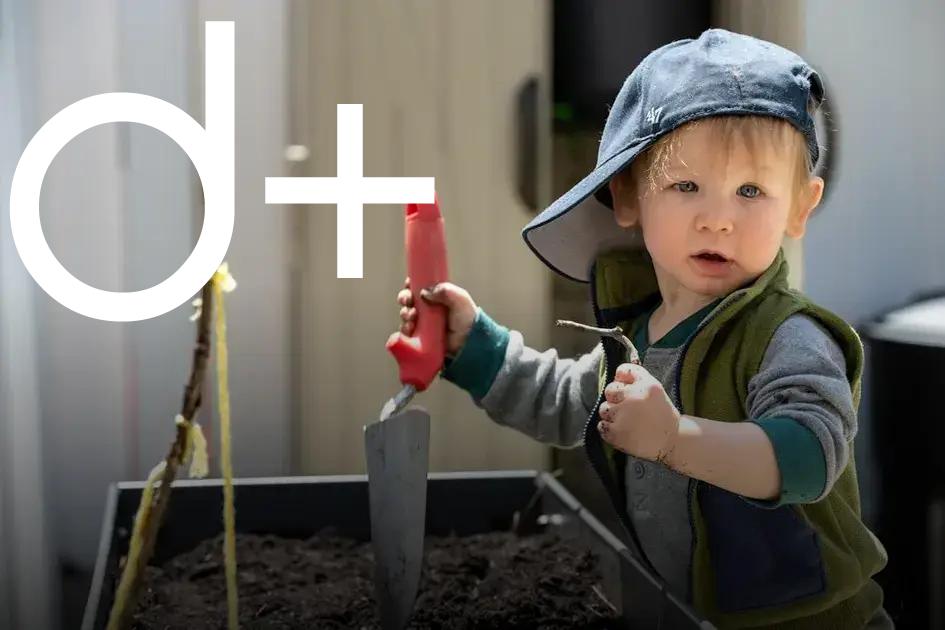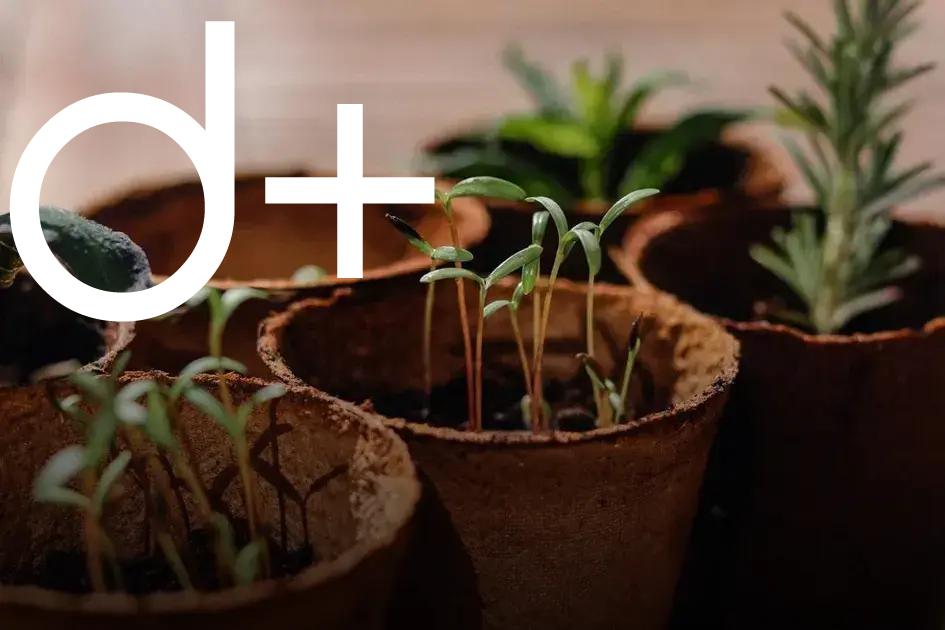Pruning trees and shrubs is crucial for maintaining healthy and vibrant gardens. It not only helps to promote growth but also enhances the overall appearance of your plants. Whether you are a seasoned gardener or a beginner, mastering the art of pruning can improve your landscape significantly. The following guide will walk you through essential techniques and tips that will help you on your gardening journey.
Understanding the Importance of Pruning
Pruning is more than just cutting branches; it’s a vital part of garden maintenance that supports plant health and enhances aesthetic appeal. By removing dead or overgrown branches, pruning encourages the growth of new, healthy branches and plants. It helps in maintaining the desired shape and size of trees and shrubs, integrating them harmoniously into the landscape. This process also allows sunlight and air to penetrate dense foliage, promoting photosynthesis and increasing plant vigor.
Another significant advantage of pruning is the prevention of disease. By cutting away diseased or pest-infested branches, you can stop the spread of infections to healthy parts and neighboring plants. This practice contributes to a thriving, sustainable garden by maintaining plant integrity.
Moreover, pruning can enhance flowering and fruit production. By removing non-productive branches and redirecting energy to the healthier parts of the plant, you improve the quality and quantity of blooms and harvests. Understanding the role of pruning in plant development enables gardeners to achieve more vibrant and productive gardens.
The art of proper pruning requires knowledge of specific plant needs. Each species may have different requirements regarding the extent and timing of pruning. By acquiring a deeper understanding of these needs, gardeners can avert damage and ensure that their efforts yield the desired outcomes.
Tools You Will Need for Effective Pruning

To achieve effective pruning, having the right tools is essential. This ensures that your trees and shrubs remain healthy and beautiful. Below are some of the key tools you will need:
-
Pruning Shears
Ideal for cutting small branches and stems up to ¾ inch thick. Opt for bypass pruners, as they make cleaner cuts.
-
Loppers
These have longer handles and are great for cutting thicker branches of up to 2 inches in diameter, providing leverage and precision.
-
Pruning Saws
Essential for cutting branches thicker than 2 inches. These come in handy for removing large, heavy branches.
-
Hedge Trimmers
Perfect for shaping and trimming bushes and hedges. They can be manual or powered, depending on the size of your garden.
-
Pole Pruners
Great for reaching high branches without the need for a ladder, ensuring safety and accuracy.
-
Gloves
Sturdy gloves protect your hands from cuts and scratches while handling plants and tools.
Each tool has its role, helping ensure your pruning tasks are conducted effectively, promoting healthy plant growth and maintaining the aesthetics of your garden.
When is the Best Time to Prune?
Knowing when to prune your trees and shrubs can make a significant difference in their health and appearance. Timing is crucial because it affects how plants grow and respond to pruning. Here are some guidelines to help you determine the best time for this horticultural task:
Spring-Flowering Plants
For shrubs and trees that bloom in spring, such as lilacs and forsythias, the best time to prune is right after they finish flowering. This allows you to enjoy their blossoms and gives them ample time to set buds for the next year’s blooms.
Summer-Flowering Plants
Plants that flower in the summer, like roses and butterfly bushes, should be pruned in late winter or early spring. This encourages vigorous growth and blooming later in the year.
Encouraging Fruit Production
For fruit trees, late winter or early spring is ideal. Pruning during dormancy reduces the risk of disease and supports healthy fruit development. It’s best to complete this task before any buds break.
Maintaining Size and Shape
If your goal is to control size or shape, performing light pruning throughout the growing season is effective. However, avoid heavy pruning in late fall, as it can stimulate new growth that won’t have time to harden before winter.
Evergreen Considerations
For evergreen trees and shrubs, the pruning period is generally late spring through mid-summer. This helps reduce the risk of drying out. Be cautious not to prune too late in the season, as it might leave them vulnerable to harsh winter conditions.
Remember that pruning at the wrong time can harm your plants, reducing blooms or fruiting and potentially causing stress or disease. Align your pruning schedule with the natural growth cycles of your plants for the healthiest and most beautiful results.
Pruning Techniques for Various Plants

Pruning is an essential part of plant care that promotes healthy growth, enhances flowering, and maintains a clean, aesthetic appearance in your garden. Different plants require different pruning techniques. Here are some effective methods for various plants:
Deciduous Trees
For deciduous trees, remove dead or diseased branches first. This prevents the spread of disease and promotes air circulation. Use a thinning technique to maintain the tree’s natural shape. Cut back to the main branch or trunk.
Evergreen Shrubs
Prune evergreen shrubs by cutting back the branches to maintain their shape and remove any damaged areas. Focus on the tips and avoid cutting into old wood as this may not regenerate.
Fruit Trees
Fruit trees require pruning to increase fruit production. Use the open center technique, which enhances sunlight penetration and air movement through the tree. Remove competing branches and thin out excess growth.
Vine Plants
Prune vine plants to control their spread and stimulate flowering. Train them along a support structure and remove any unwanted shoots.
Flowering Shrubs
For flowering shrubs, it’s vital to prune just after blooming. This ensures the plant’s energy is directed towards new growth and blooms. Cut back to a strong bud to encourage more flowers.
Applying these pruning techniques appropriately can transform your garden into a vibrant and thriving space, enhancing the health and beauty of your plants.
Common Pruning Mistakes to Avoid
Cutting Too Much or Too Little
One frequent pruning mistake is removing too much or too little foliage. Over-pruning can stress the plant, making it vulnerable to diseases. On the other hand, under-pruning allows dead or weak branches to remain, which can affect the overall growth of the plant.
Ignoring the Plant’s Natural Shape
Pruning without considering the plant’s natural shape can lead to unsightly and uneven growth patterns. Maintain the plant’s inherent form to promote healthy development and enhance the garden’s aesthetic appeal.
Using Dull or Dirty Tools
Pruning with dull or unclean tools can cause damage to the plant, resulting in rough cuts that are susceptible to infections. Ensure your pruning tools are sharp and sanitized before and after use to maintain plant health.
Pruning at the Wrong Time
Timing is critical when pruning. Pruning at the wrong season can stunt a plant’s blooming cycle or result in frost damage. Understand the specific requirements of each plant species to determine the optimal time for pruning.
Making Incorrect Cuts
Cutting branches incorrectly, such as leaving a stub or making cuts too close to the trunk, can harm the plant. Proper cuts encourage healing and new growth. Always aim for clean cuts at a slight angle to prevent water accumulation and infection.







![BANNER 1 - HOME [QUADRADO]](https://dailyfindinvestment.com/wp-content/uploads/2025/01/BANNER-300-X-300.gif)
